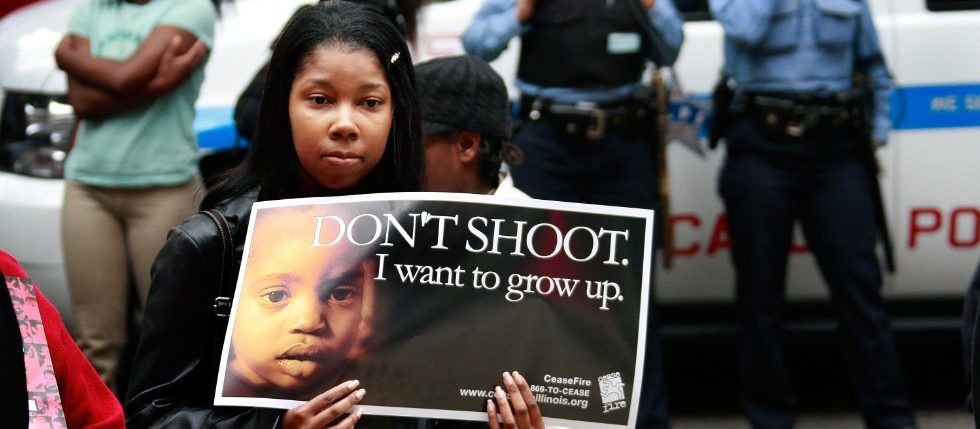Both articles described below, “’Can I Make Any Difference?’ Gang Affiliation, the School-to-Prison Pipeline, and Implications for Teachers” by Kayla Gass and Judson Laughter and “From Colors and Guns to Caps and Gowns? The Effects of Gang Membership on Educational Attainment” both revolve around the effects of gang membership of educational attainment. Gass and Laughter research the role of teacher with students involved in gangs, while Pyrooz investigates the impact on educational attainment.
The Job of Teachers in Schools Where Gangs Are Present
Gass and Laughter discuss the role that the school-to-prison pipeline plays in the prevalence of gang activity in schools through analyzing journal entries and classroom discussions of high school students who are talking about gang culture within the school. They first explain how marginalized students are subjected to criminalizing discipline policies (Gass and Laughter, 2015, p.2). These zero-tolerance policies cause dedicated students to feel invalidated, and serve as indicators of disinvestment in students of color, which can stimulate gang involvement as students see no educational future for themselves.
Gass and Laughter counter this with a call for action from teachers who teach in schools where gangs are prevalent. They emphasize the importance of role models for students (Gass and Laughter, 2015, p.5), which are often lacking for gang members. Teachers can serve as important role models in the life of a student, especially when they personally get to know students (Gass and Laughter, 2015, p.11). This sentiment was especially pronounced in focus group where students discussed institutional practices that could incentivize or deincentivize joining a gang. The act of encouraging academic achievement and supporting them can be effective in preventing gang membership and maintaining academic success.
The Effects of Gang Membership on Educational Attainment
Pyrooz – through studying data from the 1997 National Longitudinal Survey of Youth – analyzes how gang membership affects a gang member’s relationship with school, and how membership detrimentally affects one’s social capital. Pyrooz asserts that gang membership inhibits educational attainment because it leads to increased criminalization of students in gangs (Pyrooz, 2015, p.59) and does not characterize academic achievement as success (Pyrooz, 2014, p.60). As a result, gang members feel criminalized in schools, which, when combined with the fact that educational success will not garner respect or status, leads to a low desire for educational attainment.
Gang membership also affects the social capital of members, as it creates social isolation which limits the amount of positive networking they can engage in while at school. Networking both enhances one’s ties to other students, but can also create an environment where there are universal educational aspirations which motivate students to work harder (Pyrooz, 2014, p. 61). Since gang members are socially isolated, they miss out on both, which also contributes to low educational attainment.
Gangs in Schools
As both articles exhibit, gang membership negatively correlates with educational attainment. Gass and Laughter describe how the criminalization of and disinvestment in students who are affiliated with gangs leads to lower educational success, while Pyrooz describes how influences from the gang negatively impact an individual gang member’s educational achievement. This contradiction demonstrates the multifaceted nature of the consequences of gang affiliation on students: there are many forces that students face that need to be addressed in order to improve the educational attainment of gang members.
Gass and Laughter, however, provide insight into positive actions that can be taken to combat both the criminalization of students and disinvestment (both from school in students and students in work). Teachers actively demonstrating that they care about their students and believe that they can succeed goes a long way in motivating students. Gang membership does not define a student’s capabilities, however, it can hinder their access and motivation to fulfill their potential.
